Mazda has reaffirmed that the CX-5 is here to stay and that it will continue to evolve, despite the arrival of the larger and more expensive CX-60 mid-sized SUV.
However, what a next-generation version would be like, which badge might it wear and what would it be based on are burning questions that are yet to be answered.
Expected before 2025, some pundits predict that the 'KG' replacement for the second biggest-selling medium SUV in Australia (after the Toyota RAV4) may even ditch the CX-5 nameplate for something more in line with Mazda’s newest SUVs and crossover.
The ‘CX-40’ badge is an obvious contender, given it will be the only gap left in a run of alphanumerical names that currently kicks off with the CX-30 (unveiled in 2019) and will end when production of the CX-90 flagship commences sometime before March, 2023.
According to Mazda Australia marketing director, Alastair Doak, while there is no chance of revealing any information about future models, the existing CX-5’s unprecedented local and international success ensures that it will continue on, and then eventually be replaced with a vehicle that completely fits within consumer expectations of what it should be.
“Without confirming that question, given that it is a number one seller in Australia and globally overall, the question is, why wouldn’t there be (another CX-5)?”, he told CarsGuide in Melbourne.
“If we’re satisfying customers with that product then why wouldn’t we?”
It’s been long rumoured that the existing KF-series CX-5, unveiled in late 2016, may soldier on for several more years after undergoing a series of minor makeovers in that time, possibly gaining hybrid options to help it meet growing demand for electrification as well as increasingly stricter emissions requirements.
As we reported earlier this year, technology partner Toyota may even sell the RAV4's hybrid components to Mazda to help it reach its requirements.
However, with a replacement set to take over from about 2024, what platform would the replacement model sit on?

Would the next CX-5 be a rebody of the existing model with core engine and platform ties dating back to 2011? An extension of the Mazda 3/CX-30/MX-30’s Small Car Architecture first revealed in late 2018? Or a downsized version of the new “Skyactiv Multi-Solution Scalable Architecture” – a rear- and all-wheel-drive platform with a longitudinal engine layout to underpin the imminent CX-60, as well as its coming larger CX-70/CX-80/CX-90 offshoots?
Of course, Mr Doak would not be drawn to specifics, but he did reveal that since the CX-5 will remain a vital part of Mazda’s ongoing health moving forward, the brand must make sure not to alienate its worldwide customer base for it.
“I think CX-5, given its performance globally, would be seen very much as a global car, like the current one is,” he said. “And it would be engineered, designed and sized to meet as much of that demand as possible, so it really is a car for everybody.
“I think, and this is a positive thing, that this makes (the CX-5) the ultimate family car. That’s what it should do, that’s what it should be, in a role that should be adaptable and attractive in all aspects of its specifications, design and whatever, to appeal to the broadest group of consumers.”
This could be a deciding factor in Mazda retaining the CX-5 name, even for the future redesign that may or may not use the KG code.
.jpg)
A 21-year veteran at Mazda Australia, Mr Doak reckons the CX-5 replacement will continue its reign as the most popular model in the brand’s broad vehicle line-up.
“It’s the car that defines the Mazda brand at the moment,” he explained. “In the past, in my time with the company, it used to be the Mazda6, then it was the Mazda3, now it is the CX-5. And that reflects the change of consumer tastes as much of anything else.”
For a time in the mid-to-late 2000s, the Mazda3 accounted for nearly two-thirds of total Mazda volume at over 60 per cent domination – and was regularly Australia’s best-selling passenger car, ahead of the Holden Commodore, Ford Falcon and Toyota Corolla – until the CX-5 swooped in during early 2012 to change the pecking order.
“We’ve got a very even spread across the portfolio, and that’s something that we very much encourage. I know that some people like to have the big number on one specific car and claim this and claim that and get headlines in articles about market dominance and all that, but that’s not something we chase.”
Mr Doak added that possessing a less lopsided model range helps to better protect the organisation from the vagaries of damaging variables outside of Mazda’s control – including oil prices, semi-conductor shortages, natural disasters, war and even sudden shifts in consumer tastes.
.jpg)
“We would rather have a whole bunch of product where each one sells well, rather than one or two superstars,” he said. “That would be a nicer way to go. And ultimately it makes the brand more relevant to more people, and you have a stronger brand that way.”
To that end, Mazda may also be wary of falling into the trap of depending too heavily on CX-5, especially as it is a nameplate from a time when the company did not have the upmarket aspirations it now possesses, which may be a reason to roll the dice with a switch to a badge like the rumoured CX-40 for the CX-5 replacement.
And why not, especially considering it sits so neatly with the rest of the Mazda line-up, and that models like the CX-50 (as yet unconfirmed for Australia), CX-60 (launching in December) and CX-70 (due by about 2025) may inevitably lure away some of the CX-5 customer base anyway?
It’s a fascinating development and a peculiar quandary that the Hiroshima-based company finds itself in.
Should an all-new, third-gen CX-5 adopt the new naming policy and risk confusing brand loyalists who love their existing cars? Let us know in the comments below.




.jpg)







.png)
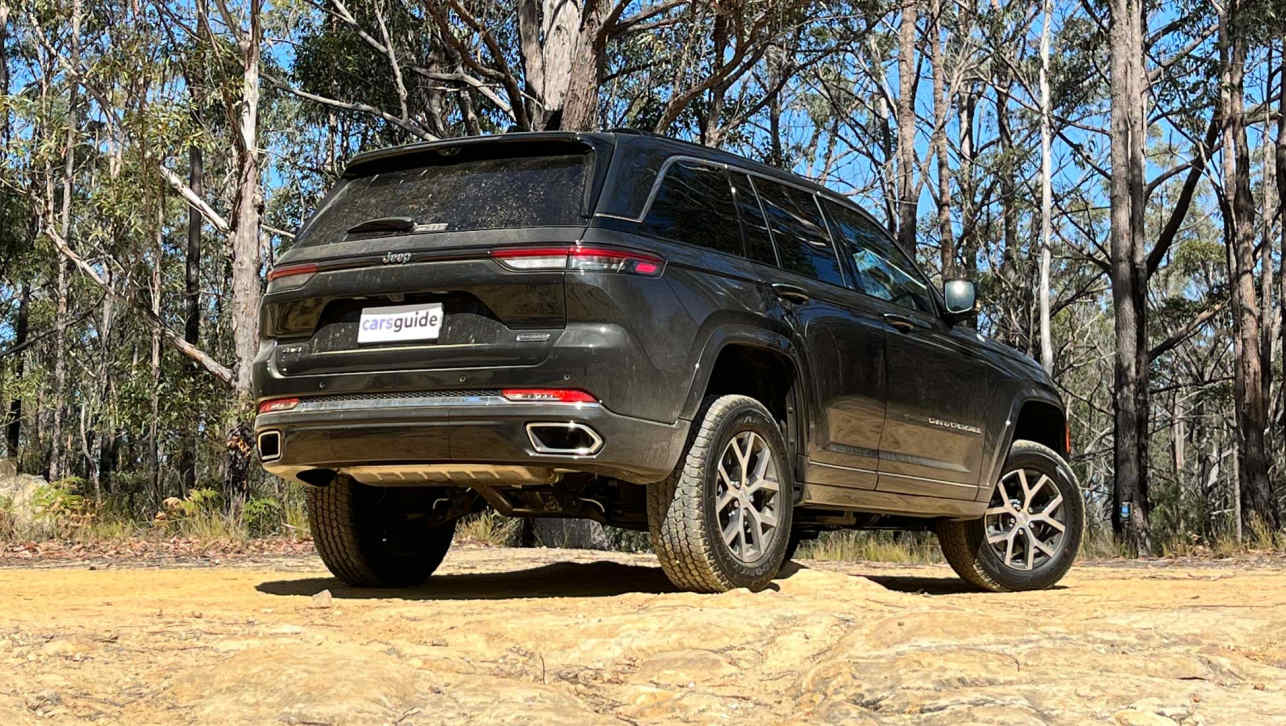
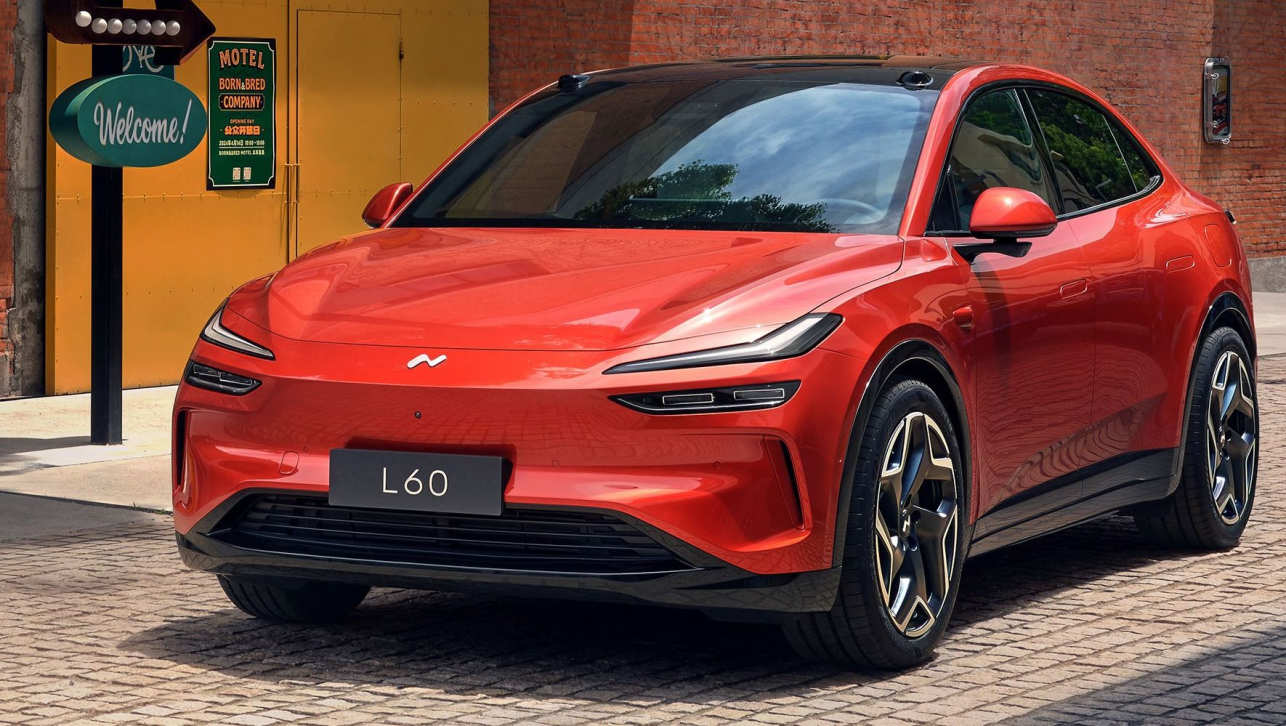
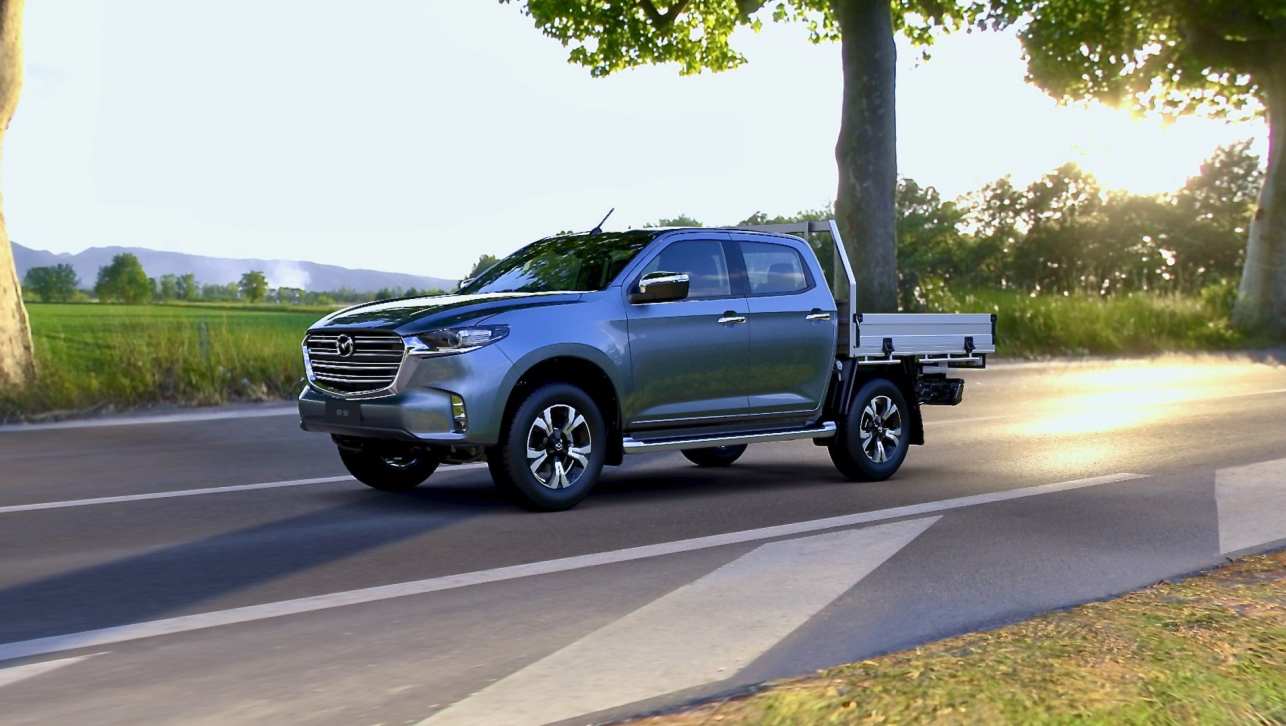
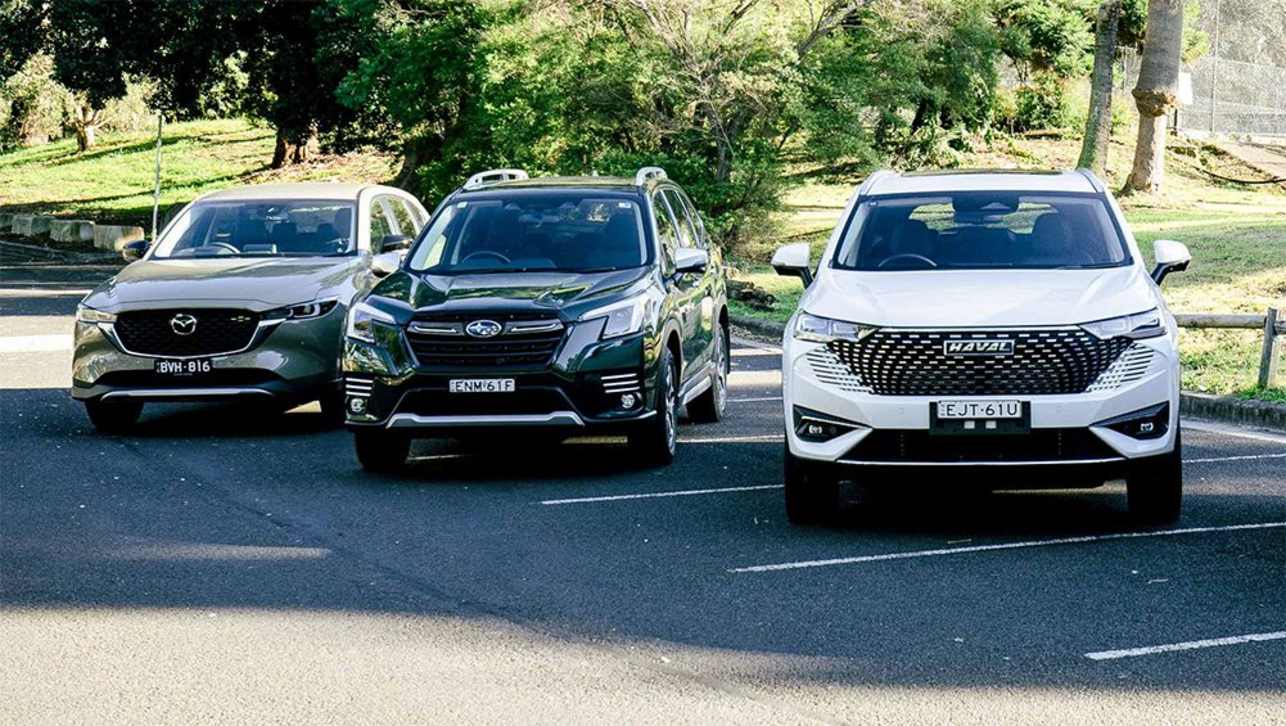
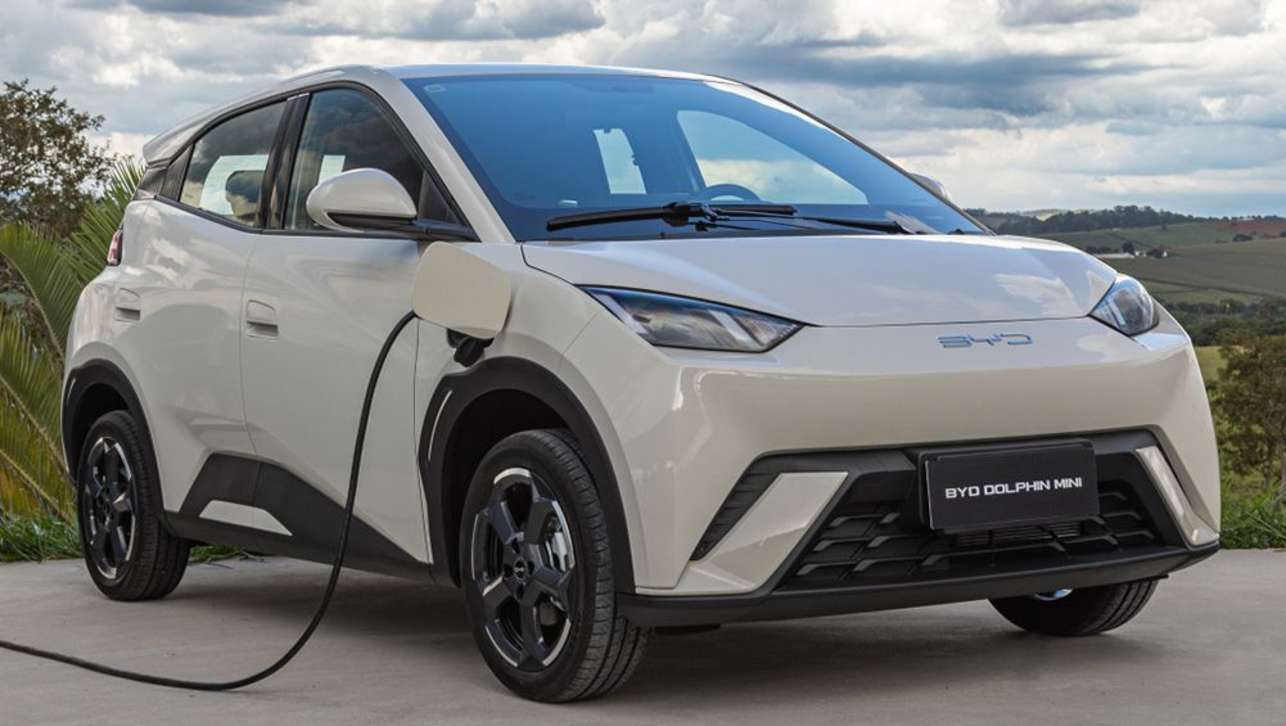


.jpg)
.jpg)
.jpg)
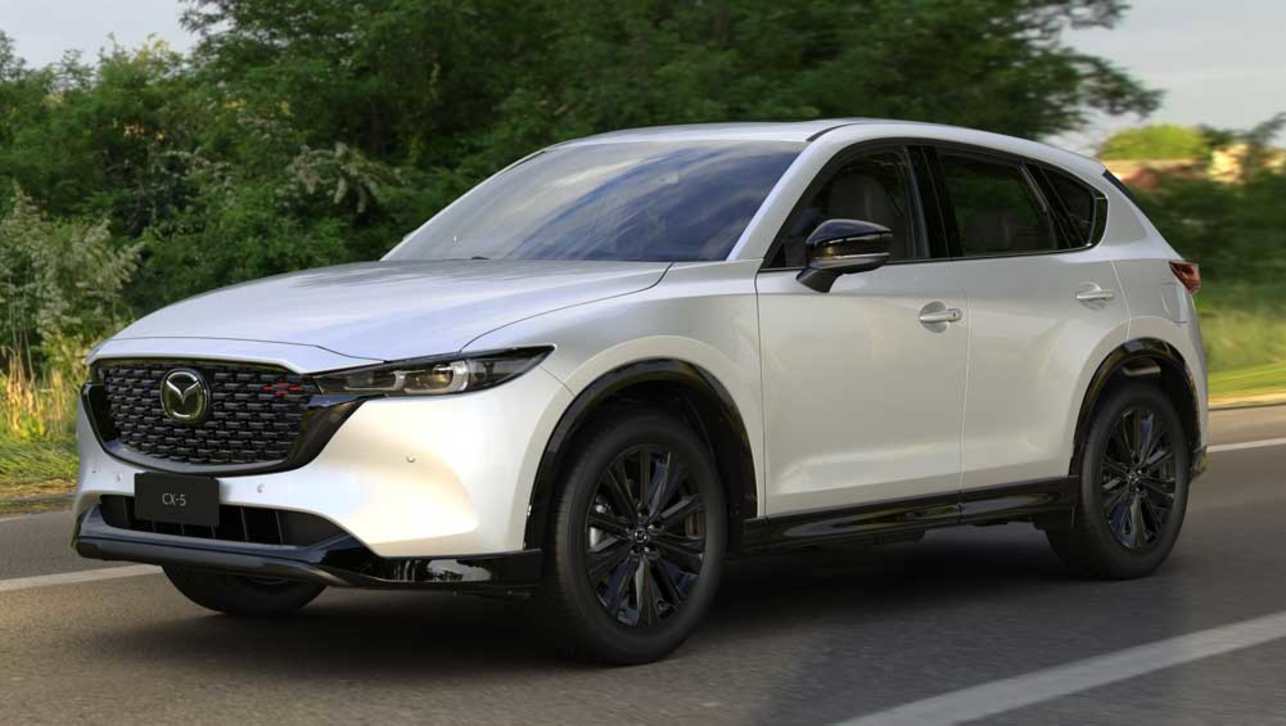
.jpg)
.jpg)
.jpg)


.jpg)

Comments